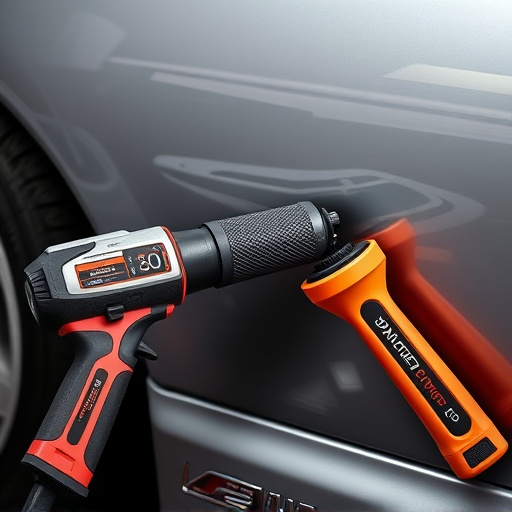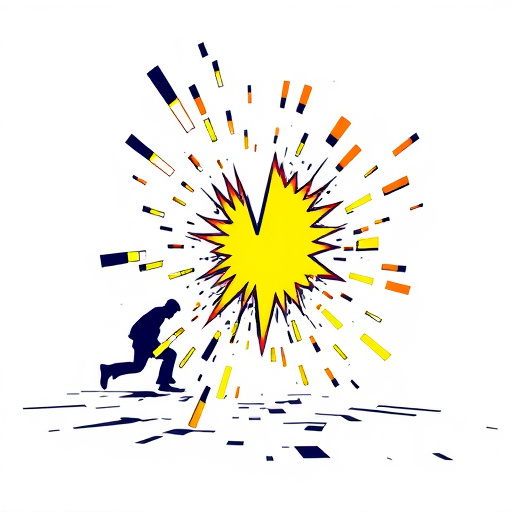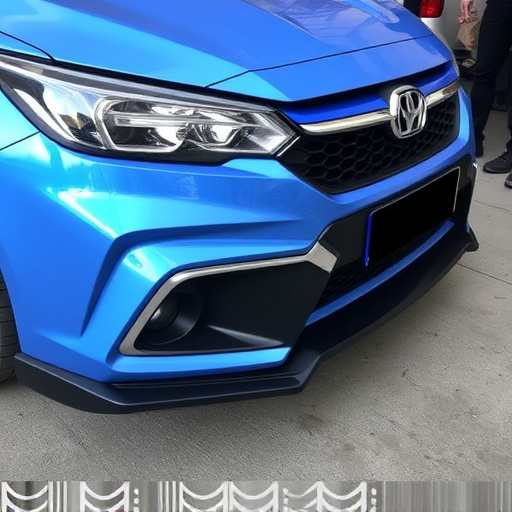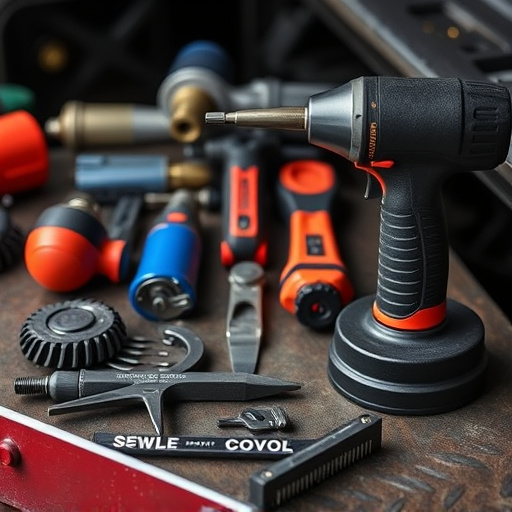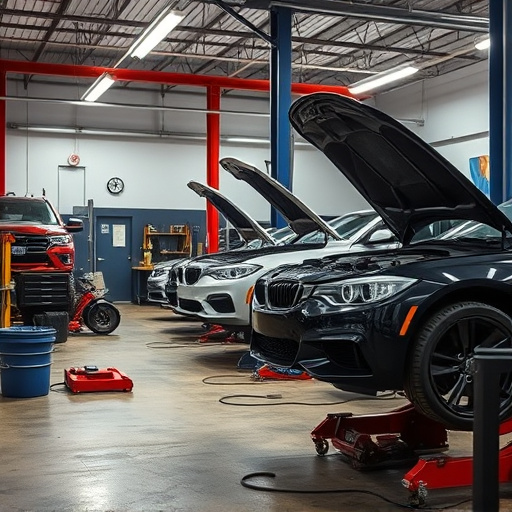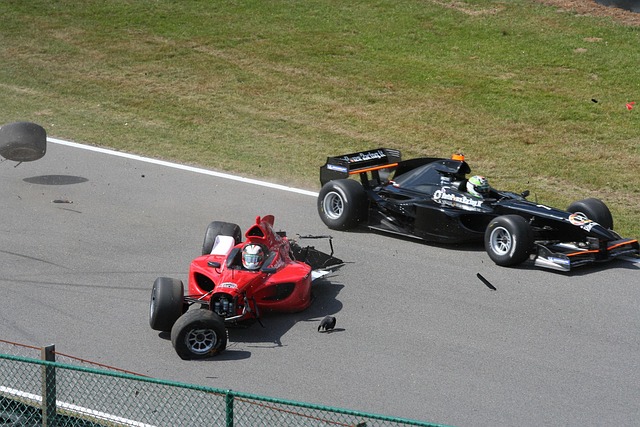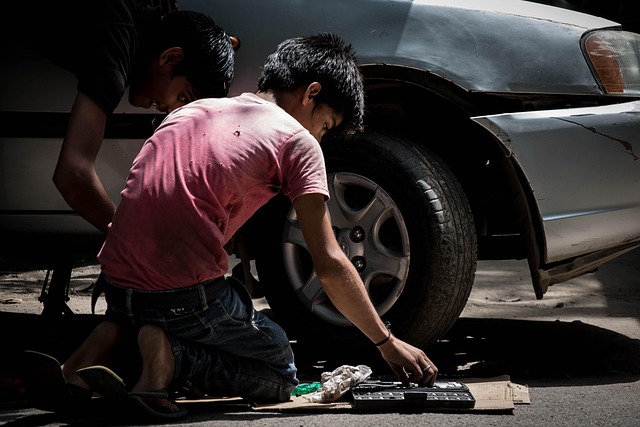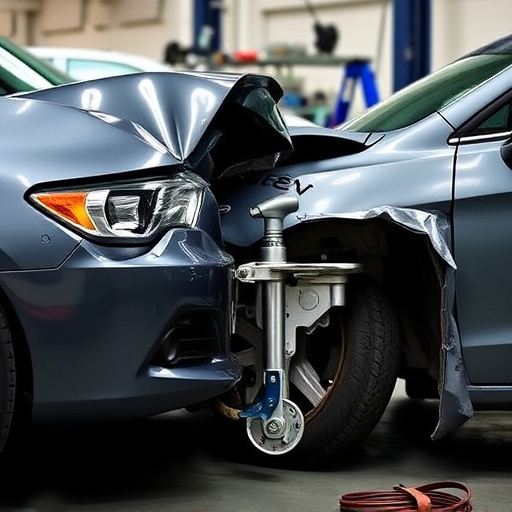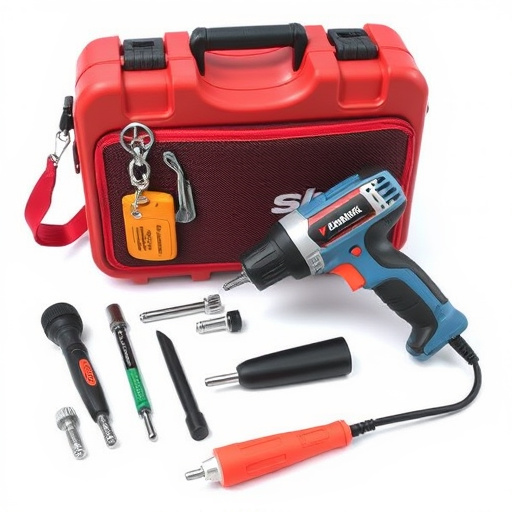The Tesla Adaptive Suspension System requires specialized repair for optimal performance after issues. Park on a level surface, disconnect and replace faulty components, reconnect and power on. Test for unusual noises or vibrations, then calibrate settings for accurate responses and seamless ride quality.
Looking to fix your Tesla’s shaky ride? Discover a comprehensive guide to Tesla adaptive suspension repair and system reset. This article breaks down the intricate workings of this advanced technology, providing step-by-step instructions for repairs and resets. Learn how to identify issues, test and calibrate components accurately, ensuring optimal performance after each adjustment. Take control of your Tesla’s handling and comfort with these expert tips tailored for DIY enthusiasts and service professionals alike.
- Understanding Tesla Adaptive Suspension System
- Steps to Repair and Reset the Suspension
- Testing and Calibration After Repair
Understanding Tesla Adaptive Suspension System
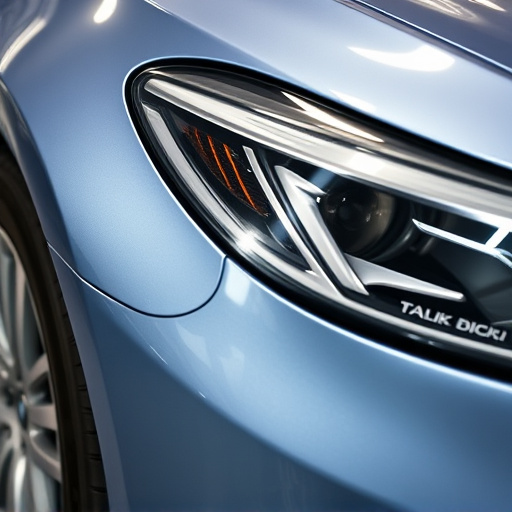
The Tesla Adaptive Suspension System is a groundbreaking feature designed to revolutionize the driving experience. It utilizes advanced sensors and actuators to continuously adjust the vehicle’s suspension, ensuring optimal comfort and stability under varying road conditions. This system plays a pivotal role in maintaining control and enhancing safety during both everyday commutes and challenging drives.
Understanding this intricate system is crucial when considering Tesla adaptive suspension repair. The process involves meticulous calibration and sometimes system reset to restore its original performance. Professional body shop services specializing in electric vehicle repair are equipped to handle these repairs, ensuring the precision and expertise needed for tasks like calibrating sensors, adjusting actuator settings, and performing a complete system reset, which can be triggered after a vehicle collision repair or when specific performance issues arise.
Steps to Repair and Reset the Suspension
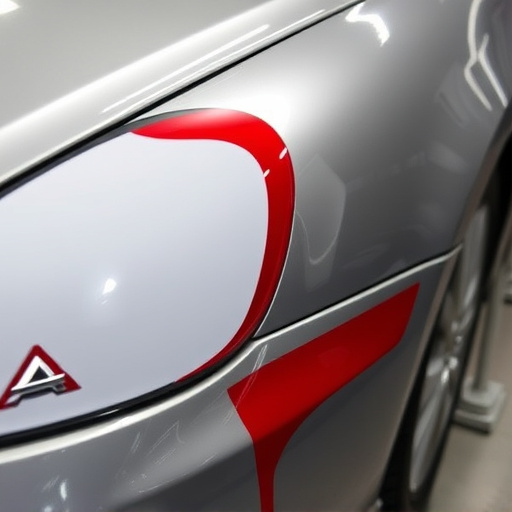
To perform a Tesla adaptive suspension repair and system reset, follow these precise steps for optimal results. First, ensure your vehicle is securely parked on a level surface with the engine off. Then, locate the suspension control module (SCM) beneath the vehicle. Using specialized tools, disconnect the SCM from the battery to isolate it temporarily. Next, identify any faulty sensors or components that may require replacement during the repair process.
Once identified, carefully replace or repair these parts, taking care not to damage surrounding systems. After successful Tesla adaptive suspension repair, reconnect the SCM to the battery and power on the vehicle. The system will then automatically reset, recalibrating for optimal performance. Consider regular maintenance checks afterward, as this can prevent future issues and ensure your car’s suspension remains in top condition, comparable even to services like Mercedes Benz collision repair or specialized car dent removal, leaving your vehicle handled with expert care.
Testing and Calibration After Repair
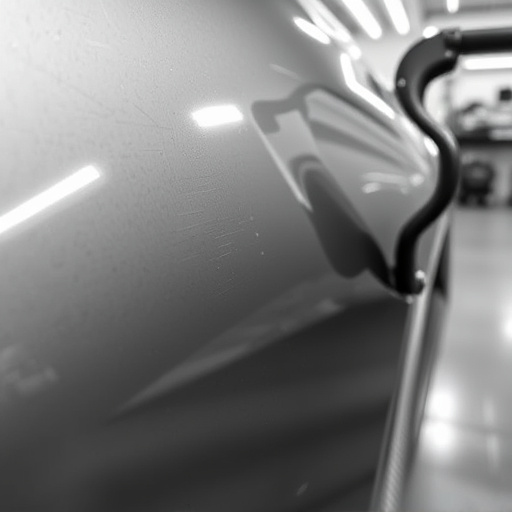
After successfully repairing your Tesla’s adaptive suspension system, the next crucial step is thorough testing and calibration. This process ensures that every component functions optimally and seamlessly integrates with the vehicle’s overall performance systems. During testing, check for any unusual noises or vibrations, which could indicate discrepancies in alignment or sensor readings.
Calibration involves fine-tuning the suspension settings to match your Tesla’s specific characteristics after repair. This is especially important if the car has undergone a minor accident, like a fender bender, or required car paint repair. Calibration ensures that the adaptive suspension responds accurately to road conditions and driver inputs, providing a smooth and responsive ride without any unexpected behavior, similar to how a freshly painted fender seamlessly blends into the vehicle’s body after a repair.
After understanding the complex yet innovative Tesla adaptive suspension system, mastering its repair and reset is key to ensuring optimal vehicle performance. Following these meticulous steps, from identifying issues to calibrating sensors, owners can effectively tackle common problems. Remember that a thorough testing phase guarantees precise adjustments, ultimately enhancing the overall driving experience. For any Tesla adaptive suspension repair, these guided procedures serve as a reliable roadmap.
